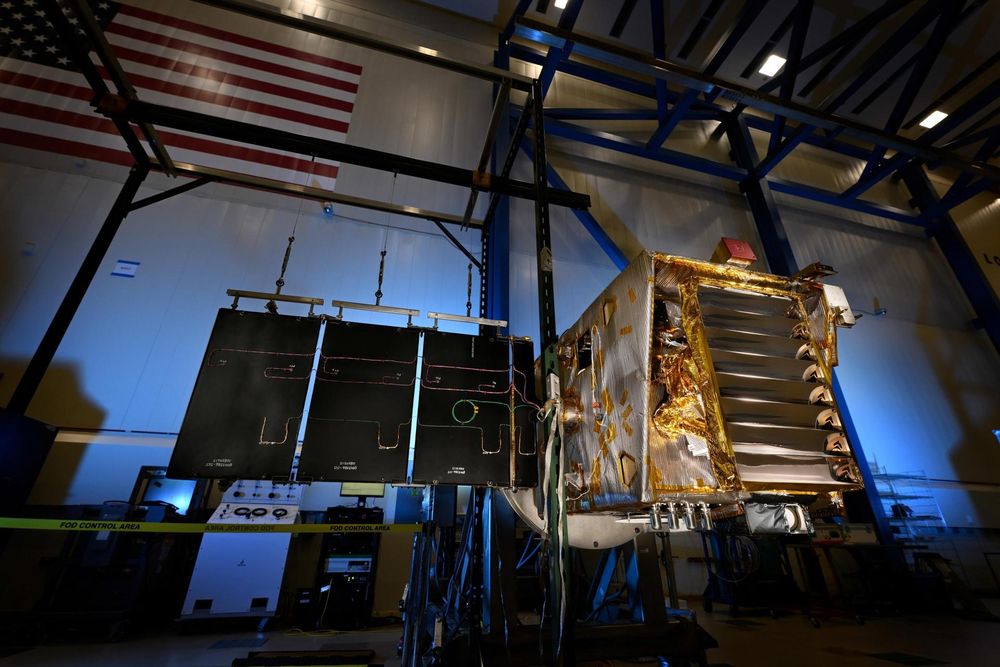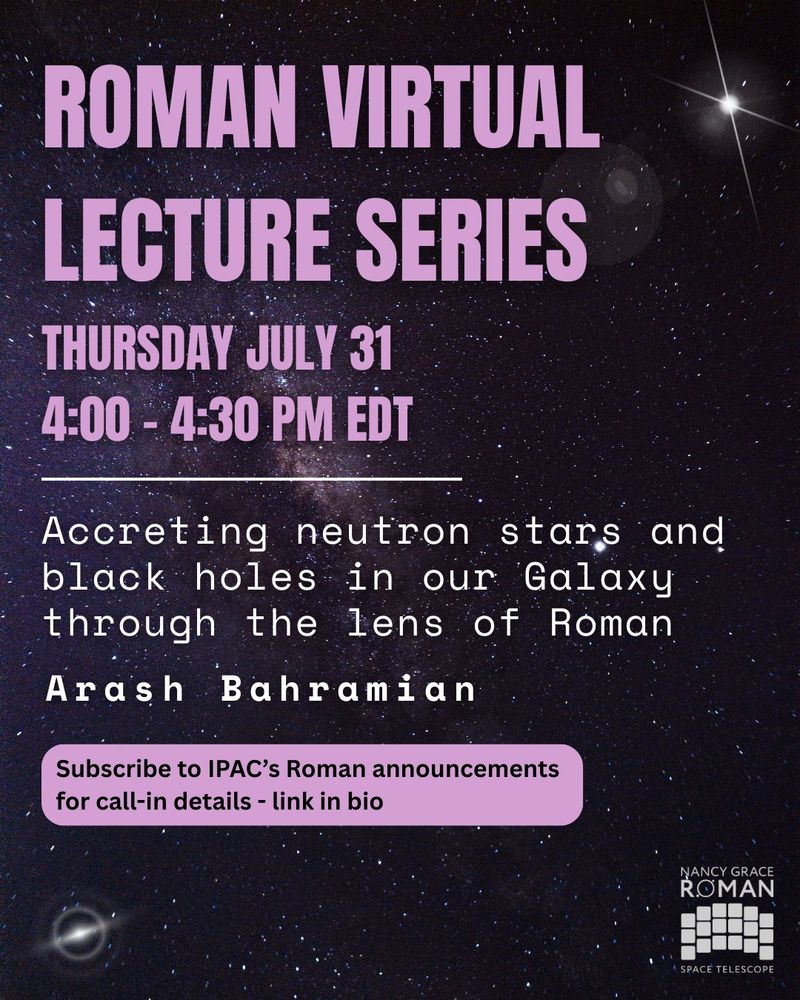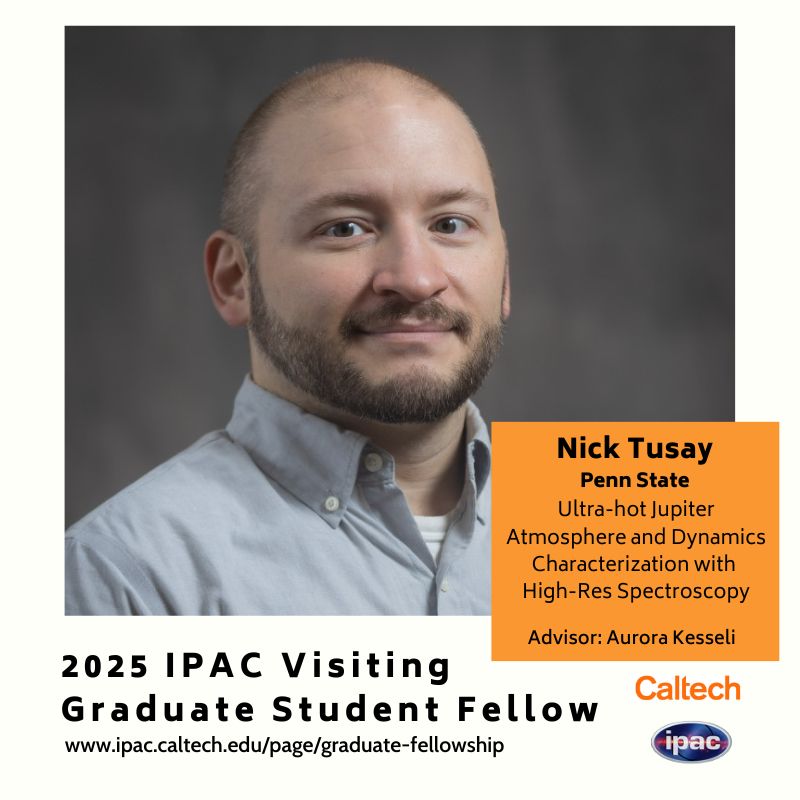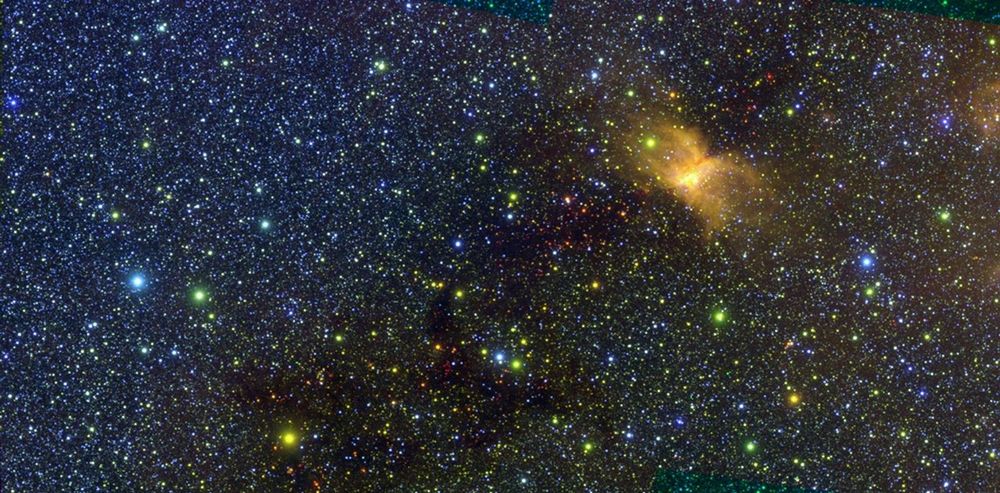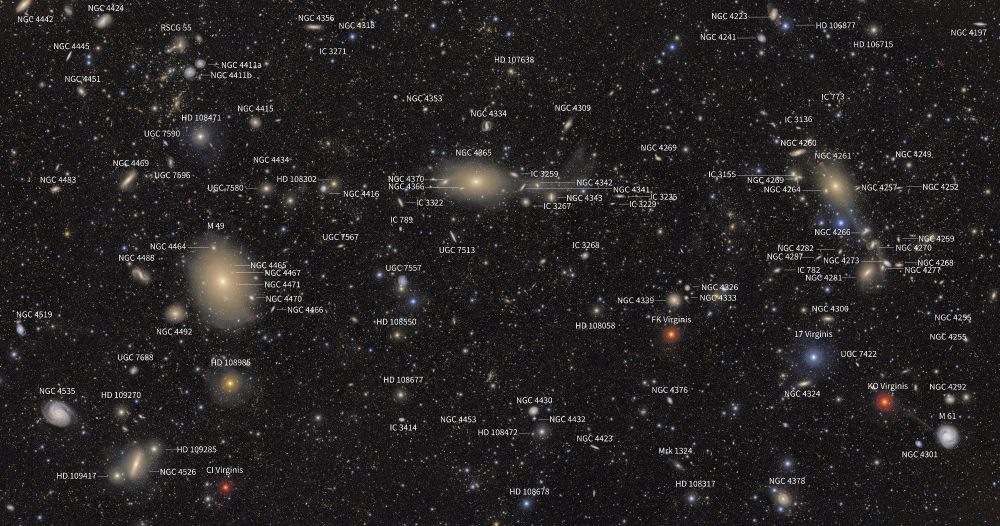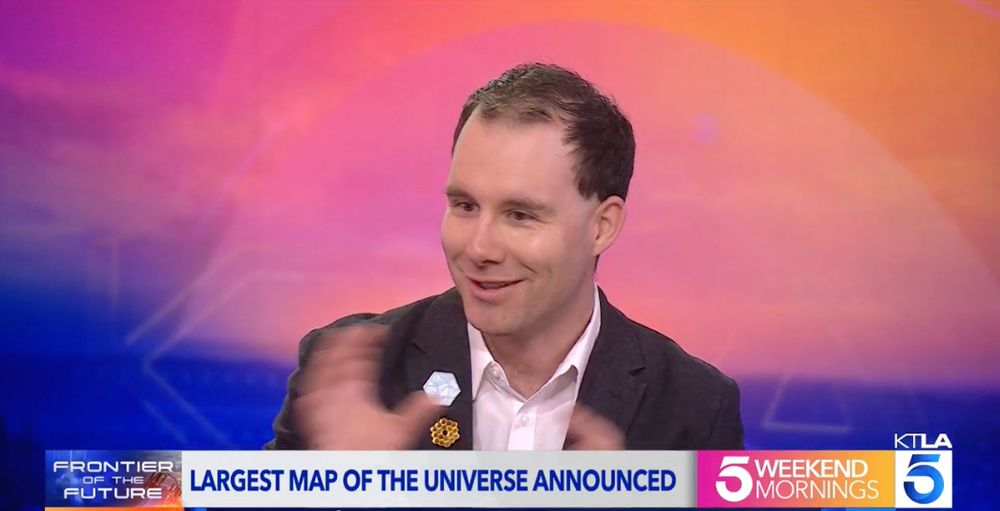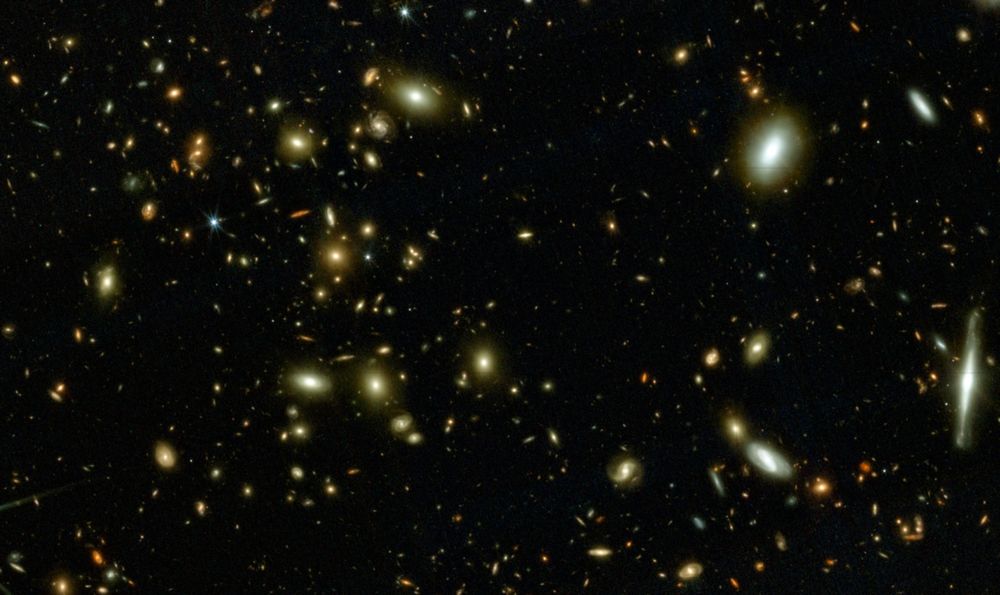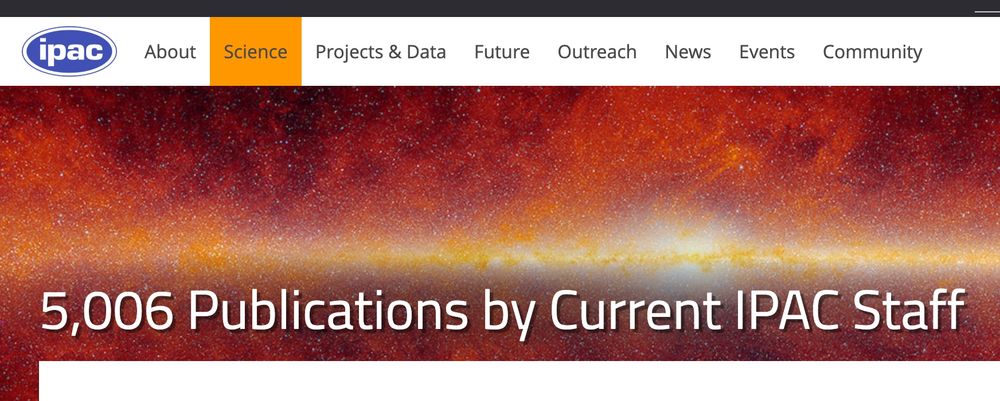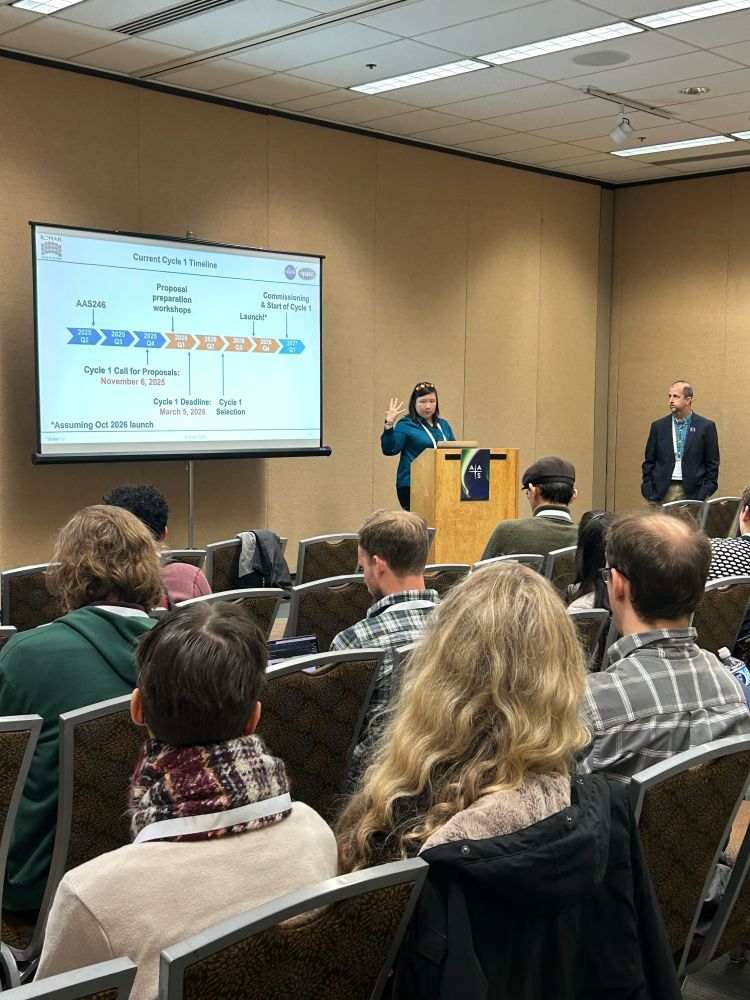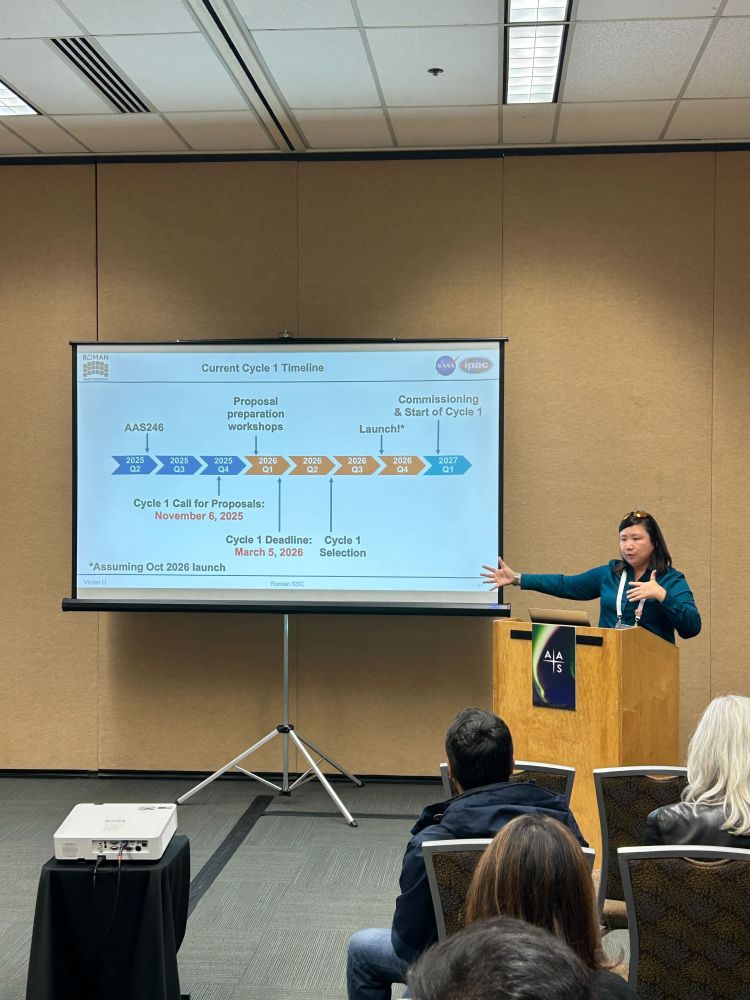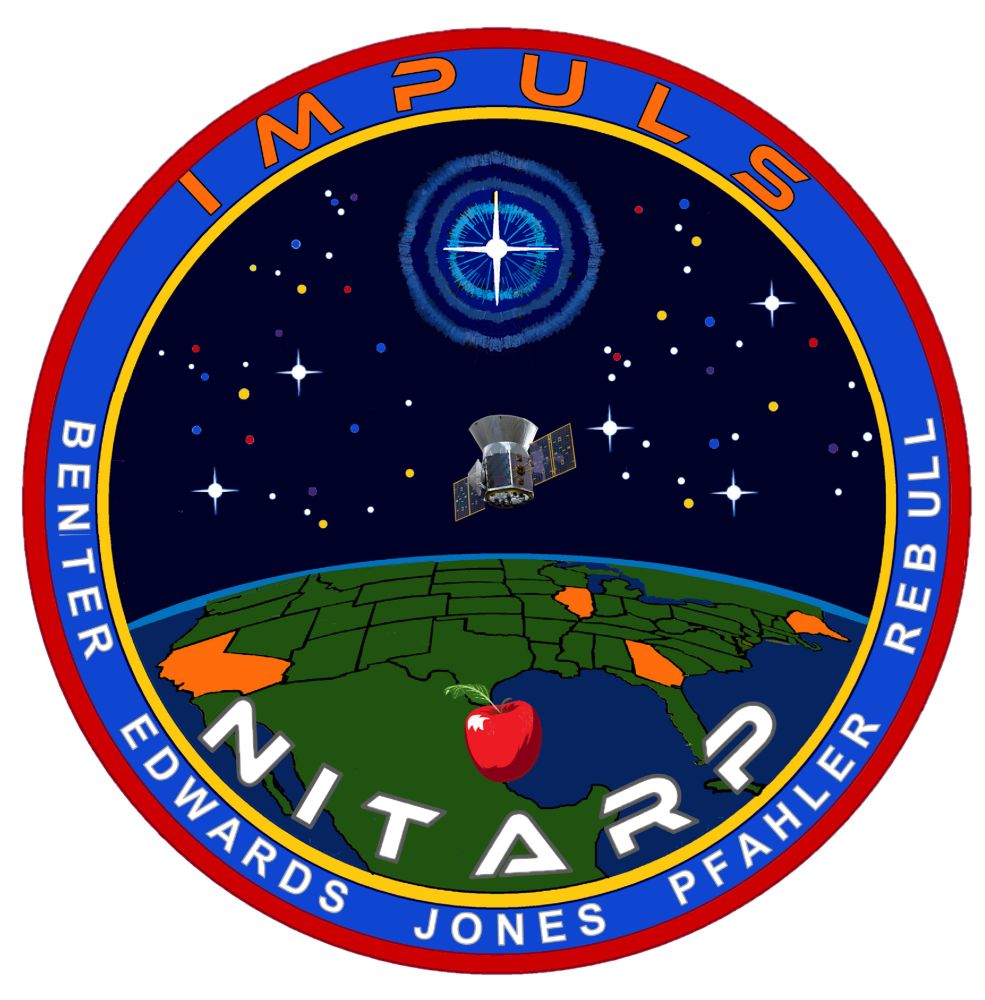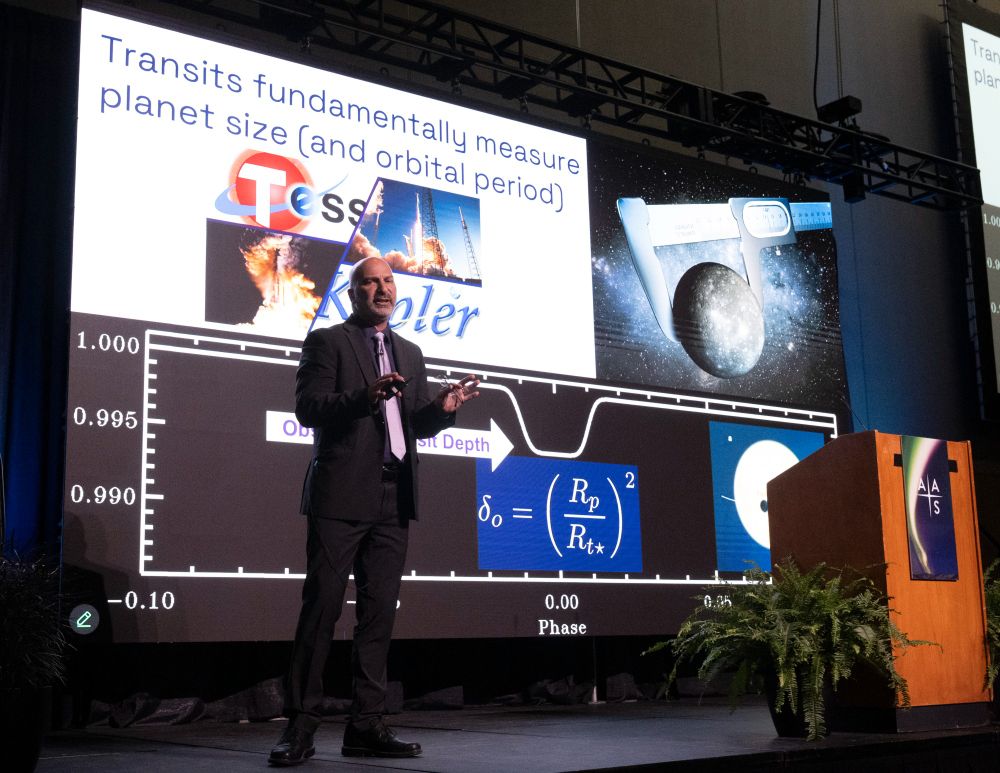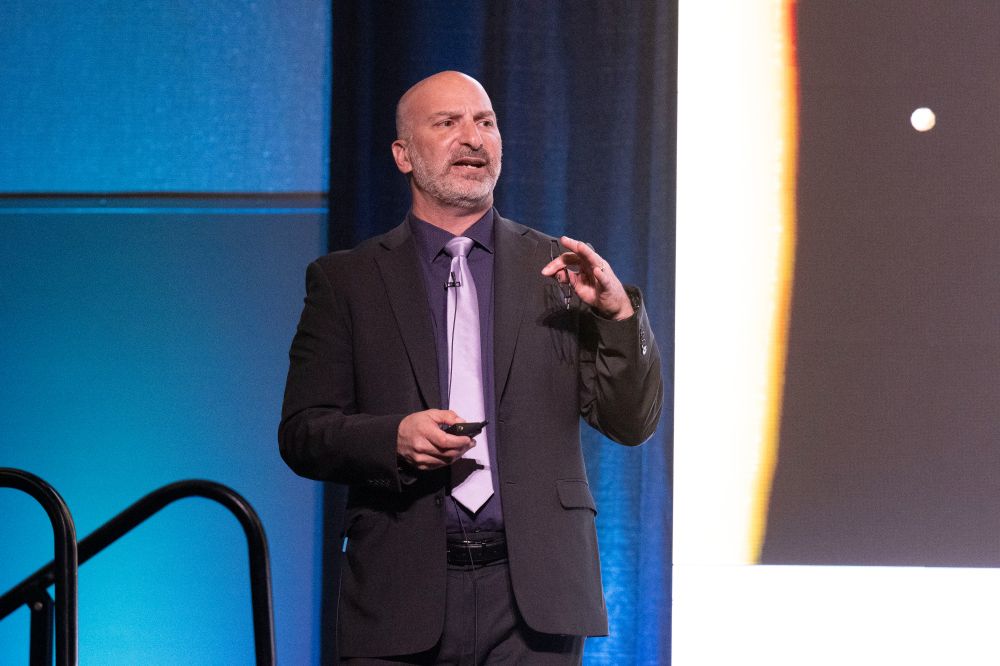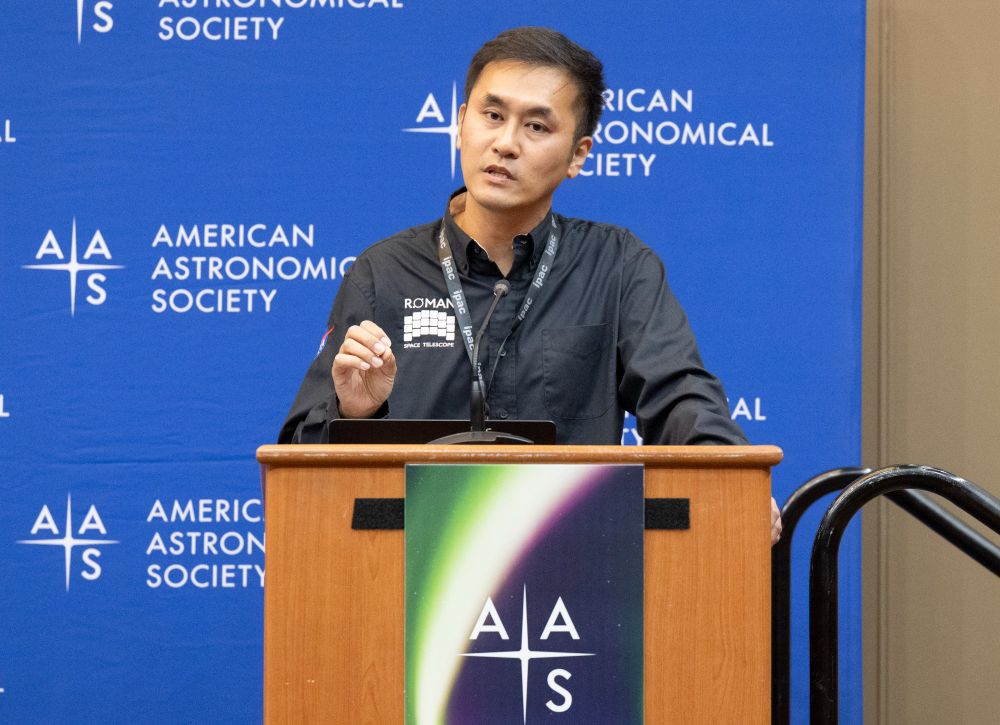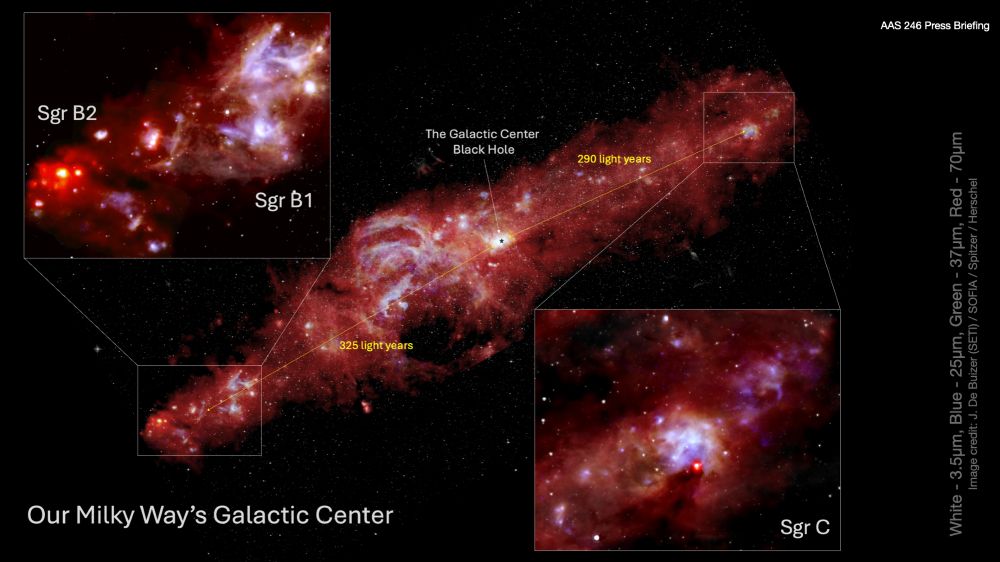Caltech IPAC
@caltechipac.bsky.social
480 followers
230 following
81 posts
IPAC at Caltech partners with NASA, NSF, JPL, and the worldwide research community to advance the exploration of our Universe. www.ipac.caltech.edu
Posts
Media
Videos
Starter Packs
Caltech IPAC
@caltechipac.bsky.social
· Aug 20
Reposted by Caltech IPAC
Reposted by Caltech IPAC
Caltech IPAC
@caltechipac.bsky.social
· Aug 5
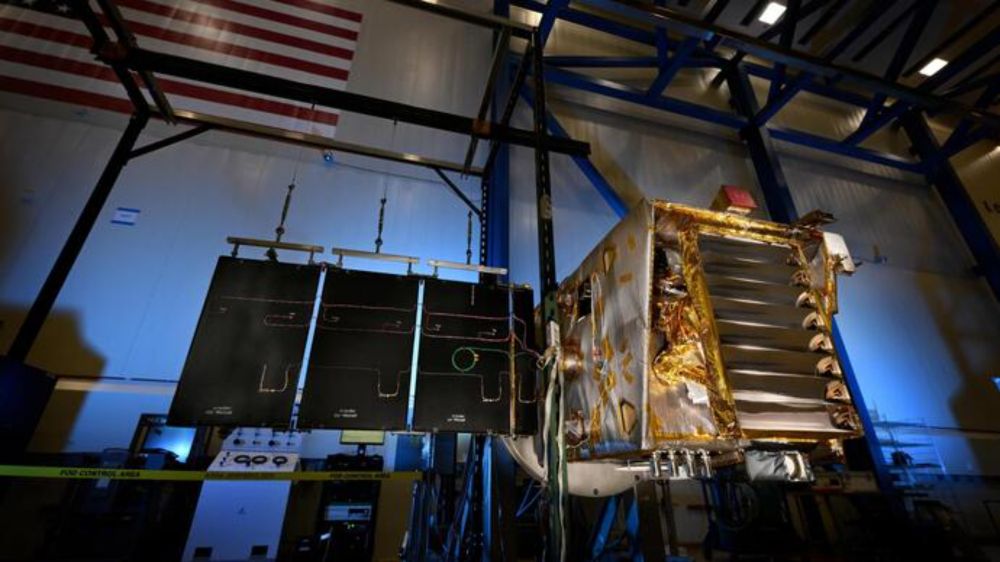
NASA’s Lunar Trailblazer Moon Mission Ends
NASA’s Lunar Trailblazer ended its mission to the Moon on July 31. Despite extensive efforts, mission operators were unable to establish two-way communications after losing contact with the spacecraft...
www.ipac.caltech.edu
Reposted by Caltech IPAC
Caltech IPAC
@caltechipac.bsky.social
· Jul 30
Caltech IPAC
@caltechipac.bsky.social
· Jul 29
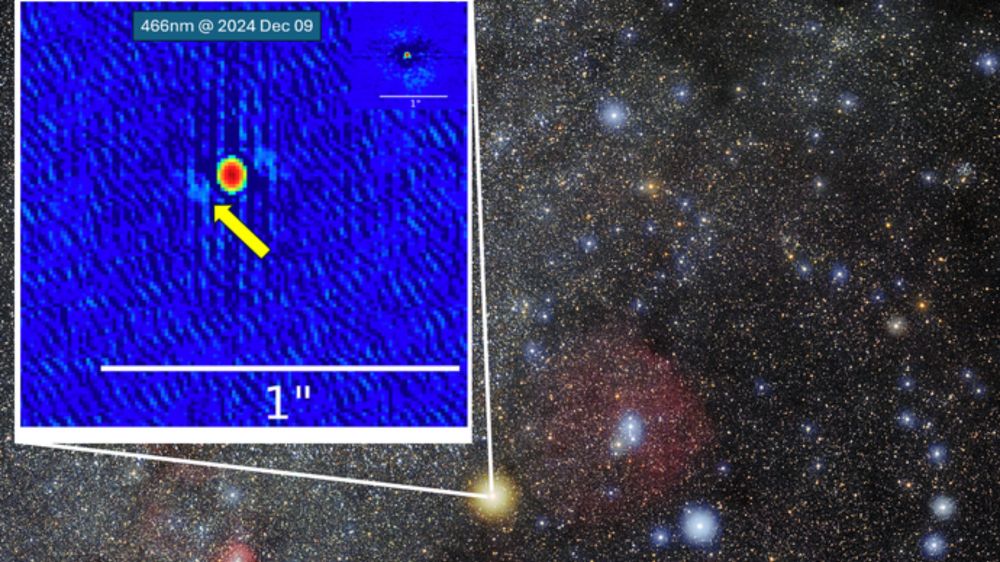
Betelgeuse’s Companion Star May Have Been Seen at Last
Three IPAC scientists, David R. Ciardi, Catherine A. Clark, and Elise Furlan, were co-authors on this study supporting the claim that Betelgeuse may have a stellar companion after centuries of hypothe...
ipac.caltech.edu
Caltech IPAC
@caltechipac.bsky.social
· Jul 9
Caltech IPAC
@caltechipac.bsky.social
· Jun 24
Reposted by Caltech IPAC







